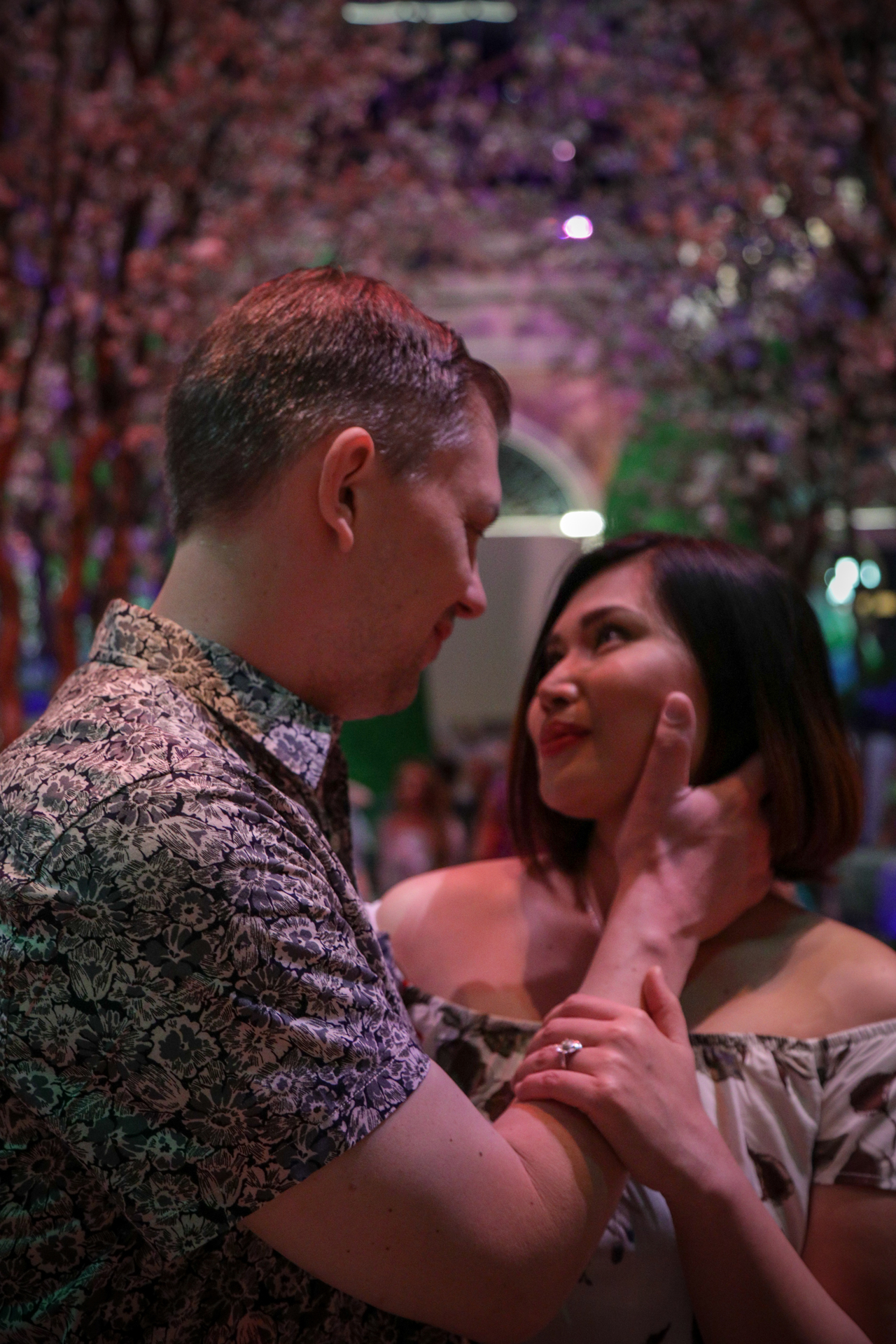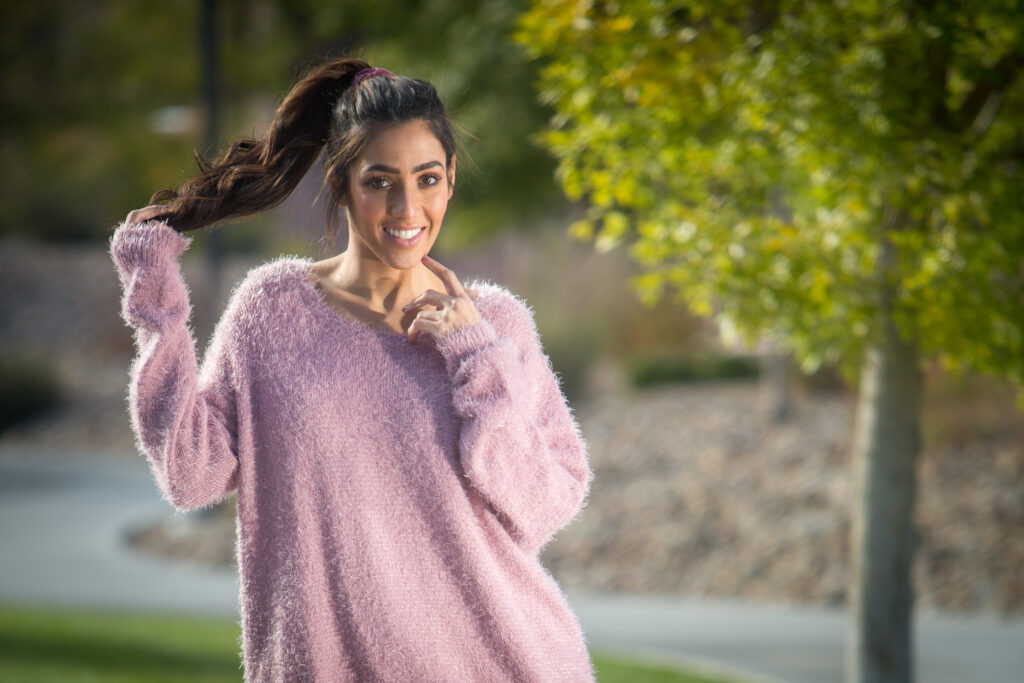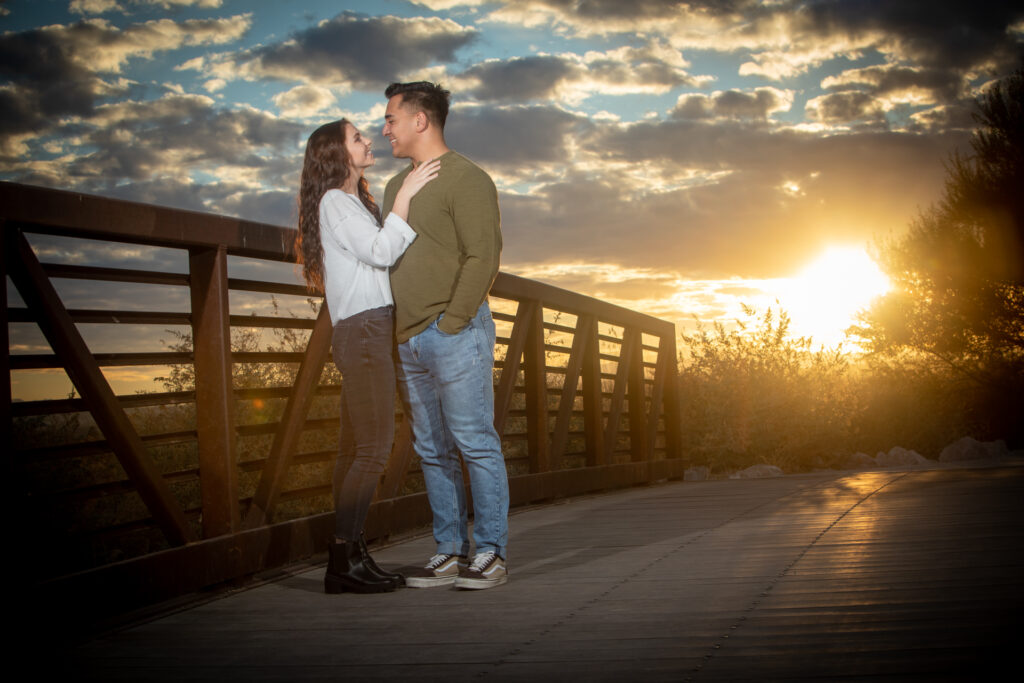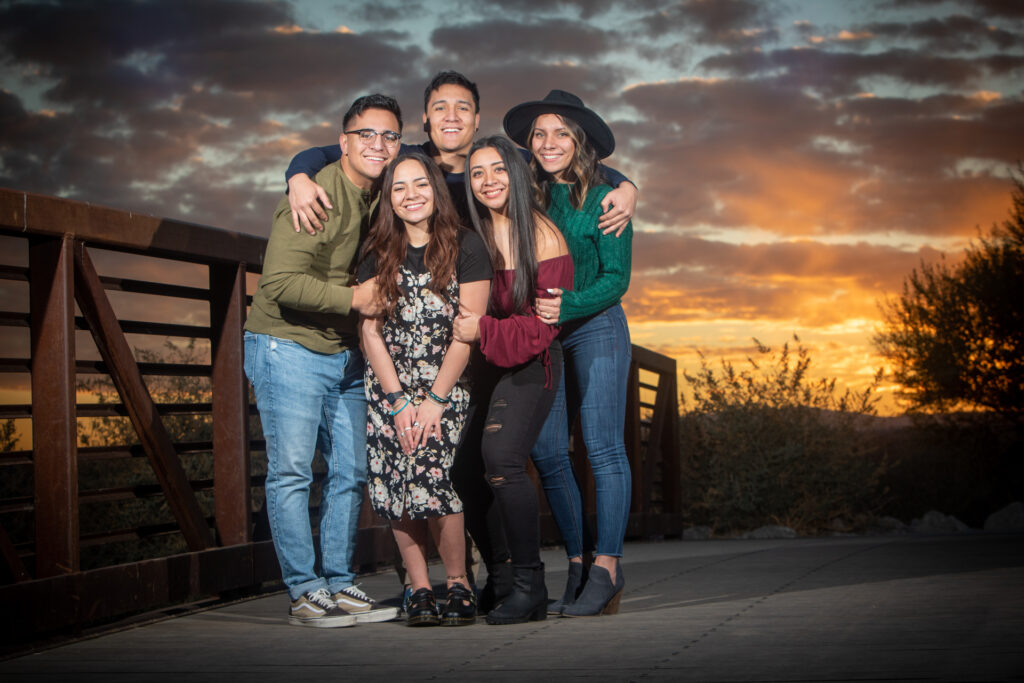Las Vegas Portrait Photographer
Portrait Photographer Video
Book Online
Questions? Text or call (702) 530-4384 or send an email info@christianpurdie.com
LAS VEGAS PHOTOGRAPHER SESSION IMAGES
Book Online
Questions? Text or call (702) 530-4384 or send an email info@christianpurdie.com
Body Language for the Las Vegas Portrait Photographer
As defined by the dictionary, body language simply means the conscious and unconscious movements and postures through which attitudes and feelings of a person are communicated. Here’s why that’s important to a Las Vegas Portrait Photographer.
This means that body postures show what a person is feeling. The keyword here is ‘show’. The Las Vegas Portrait Photographer explains how important body language is when it comes to portrait photos.
Remember that a picture is full of many words. Portrait photos are full of many words to be said about them. From seeing the photo alone, one can deduce the feelings of the person in the photograph and describe it in words.
From the body language of the person in the picture, through the telltale signs, one can make a judgment on the type of personality of the person in the photograph.
There are several types of body languages and each of them can be translated into meanings. As a portrait photographer, there is a need to understand all these body language as they are crucial in taking the very best snapshot.
The Las Vegas Portrait Photographer lists some body languages and their meanings:
1. Standing with hands on hips
This can be translated into aggression or being ready to do something.
2. Standing with hands in the pocket and hunched
This means that the person is feeling dejected.
3. Rubbing hands
This means that the person is feeling anticipation, ready for anything.
4. Pinching the bridge of the nose with the eyes closed
This refers to a negative evaluation
The body language and gestures are numerous. While translating them perfectly is the job of psychologists, a portrait photographer can also translate them.
Some people do not fancy talking without being encouraged to do so first. Since they are not speaking, you are left to translate their feelings through their body language.
If your client slouches and sports a half-assed grin, it is quite possible that your photos won’t look phenomenal. All you have to do is compliment the subject and make them smile by telling funny jokes.
You may be thinking that you are not a comedian but that is wrong thinking. Since you work with people, you have to be a people person. People like laughing and it is rare to see people who don’t appreciate jokes, as long as the joke is not on them. You should be able to bring out smiles on the faces of people.
Your client has already booked and paid for your expertise. That means they want the best. They chose you because they considered you as the best. The Las Vegas Portrait Photographer recommends that you do your best to produce the very best portrait photograph.
If doing your very best to produce that great portrait photograph means holding the hands of the clients, figuratively, then so be it. Your talent and hard work will be appreciated for it.
Observation is very important here. The posture and body language of the subject will be reflected in the portrait when it is done. The Las Vegas Portrait Photographer recommends being at the top of your game when taking the portrait photograph.
Are you a portrait photographer in the vibrant city of Las Vegas? Then you know the importance of capturing the perfect shot that truly expresses your subject’s personality and emotions. While technical skills and lighting are essential, do you ever wonder if you could take your photography to the next level by understanding and utilizing body language?
In this article, we will explore the fascinating world of body language and how it can enhance your portrait photography. From understanding the subtle cues that reveal someone’s mood to directing your subject’s pose to create a sense of confidence and connection, body language can make a significant difference in the quality of your portraits.
The Importance of Body Language in Portrait Photography
As a Las Vegas portrait photographer, it’s crucial for you to not only create stunning images but also to connect with your clients on a deeper level. By incorporating the principles of body language, you can effectively communicate with your subjects and capture their true essence in each photograph. Body language plays a vital role in portraying emotions, establishing rapport, and conveying a sense of authenticity in your portraits.
Understanding and interpreting body language can elevate your photography by allowing you to capture genuine moments and expressions. When your subjects feel comfortable and at ease, their body language will naturally reflect their true emotions, resulting in more authentic and compelling portraits. By mastering the art of reading body language, you can create images that tell a story and evoke emotions in the viewer.
Understanding the Basics of Body Language
Before diving into the details of how body language can enhance your portrait photography, it’s important to have a solid understanding of the basics. Body language is a form of non-verbal communication that involves the use of gestures, facial expressions, posture, and other physical cues to convey information and emotions.
One of the fundamental aspects of body language is the use of gestures. Understanding different types of gestures can help you interpret your subject’s emotions and intentions. For example, crossed arms may indicate defensiveness or discomfort, while open arms suggest openness and approachability. Similarly, facial expressions such as a smile or a furrowed brow can reveal a person’s mood and emotions.
Posture is another crucial element of body language. The way your subject carries themselves can convey confidence, vulnerability, or a range of other emotions. Pay attention to their body alignment, whether they are standing tall or slouching, as it can significantly impact the overall mood and message of the photograph.
Non-Verbal Communication Cues to Look for in Your Subject
As a portrait photographer, your ability to read and interpret non-verbal communication cues can help you capture more impactful images. Here are some key cues to look for in your subject:
Eye contact: Eye contact is a powerful non-verbal cue that can establish a connection between the subject and the viewer. Encourage your subject to make eye contact with the camera or with another person in the frame to create a sense of engagement and connection.
Microexpressions: Microexpressions are fleeting facial expressions that last for a fraction of a second. These expressions can reveal a person’s true emotions, even if they are trying to hide them. Being able to capture these subtle expressions can add depth and authenticity to your portraits.
Body posture: The way your subject positions their body can convey a range of emotions and messages. A relaxed and open posture can suggest confidence and approachability, while a closed-off posture may indicate shyness or discomfort. Pay attention to the angles and lines created by their body to create visually interesting compositions.
Hand gestures: Hand gestures can add dynamism and storytelling to your portraits. Encourage your subject to use their hands to express themselves naturally, whether it’s through gentle movements or more dramatic gestures.
By observing and understanding these non-verbal cues, you can guide your subjects to convey the desired emotions and messages in your portraits.
How Body Language Can Enhance or Detract from a Portrait
Body language has the power to enhance or detract from a portrait depending on how it is used. When used effectively, body language can elevate the impact and storytelling of your images. On the other hand, poor body language can distract from the subject and weaken the overall composition.
When directing your subjects, consider their body language about the message you want to convey. For example, if you’re aiming for a confident and powerful portrait, guide your subject to stand tall, with their shoulders back and their chin slightly lifted. Conversely, if you’re going for a more vulnerable and intimate look, encourage relaxed and open body postures.
Additionally, be aware of any conflicting or distracting body language that may take away from the main focus of the photograph. For example, crossed arms or tense shoulders can create a barrier and disconnect between the subject and the viewer. By paying attention to these details, you can ensure that the body language in your portraits enhances the overall composition and storytelling.
Tips for Directing Your Subject’s Body Language
Directing your subject’s body language is an essential skill for a portrait photographer. Here are some tips to help you effectively guide your subjects:
Establish rapport: Before diving into posing and directing, take the time to connect with your subject on a personal level. Building rapport will help them feel more comfortable and trust your guidance, resulting in more natural and authentic body language.
Use clear and concise instructions: When directing your subject, provide clear and concise instructions to avoid confusion. Use simple language and demonstrate the desired pose or expression if necessary.
Pay attention to details: Small adjustments can make a big difference in body language. Pay attention to the position of the hands, the curvature of the spine, and the angles of the body. Making minor adjustments can help create a more visually pleasing and impactful image.
Encourage natural movements: Instead of stiff and posed positions, encourage your subject to move and interact naturally. This can result in more spontaneous and genuine expressions and gestures.
Be mindful of comfort: Always prioritize your subject’s comfort and well-being. Ensure that they are physically comfortable in the pose and that any physical contact or adjustments are done with their consent.
By incorporating these tips into your portrait sessions, you can effectively direct your subjects’ body language to create compelling and authentic images.
The Role of Body Language in Conveying Emotion in Portraits
Emotion is a crucial element in portrait photography, and body language plays a significant role in conveying and evoking emotions in your images. By understanding the connection between body language and emotion, you can create portraits that resonate deeply with the viewer.
Certain body language cues are universally associated with specific emotions. For example, a genuine smile with crinkled eyes is often associated with happiness, while a furrowed brow and crossed arms may convey anger or defensiveness. By understanding these associations, you can guide your subjects to express the desired emotions through their body language.
However, it’s important to recognize that everyone expresses and experiences emotions differently. What may be considered a universal cue for one person may not hold the same meaning for another. This is where building a connection with your subjects becomes crucial. By truly understanding their unique personality and emotional nuances, you can guide them to express their authentic emotions through their body language.
Using Body Language to Create a Connection with Your Subject
Establishing a connection with your subject is vital for capturing compelling portraits. Body language can be a powerful tool in creating this connection and fostering a sense of trust and comfort.
When photographing individuals, take the time to engage in conversation and establish a genuine connection before picking up your camera. This will help your subject feel more relaxed and willing to open up, resulting in more authentic body language and expressions.
When working with couples or families, encourage physical interaction and touch to create a sense of connection between them. Guide them to lean into each other, hold hands, or engage in playful interactions. These physical cues can help convey a strong bond and genuine emotions between the subjects.
Remember, body language is not just about the subject’s physical movements but also about your own body language as the photographer. Maintain an open and approachable demeanor, make eye contact, and use positive reinforcement to create a comfortable and trusting environment.
Common Body Language Mistakes to Avoid in Portrait Photography
While understanding and utilizing body language can greatly enhance your portrait photography, there are some common mistakes to avoid. These mistakes can detract from the overall impact and authenticity of your portraits.
One common mistake is forcing poses that don’t feel natural to the subject. It’s important to guide your subjects to express themselves authentically rather than replicating generic poses. Each individual has a unique body language, and capturing that uniqueness will result in more compelling portraits.
Another mistake to avoid is neglecting to consider cultural differences in body language. Different cultures may have varying norms and meanings associated with certain gestures or postures. Take the time to research and understand the cultural background of your subjects to ensure that their body language is appropriate and respectful.
Lastly, be mindful of unintentionally conveying negative body language yourself. Your body language can influence how your subjects feel and respond during the session. Maintain a positive and approachable demeanor to create a comfortable and trusting environment for your subjects.
Body Language Tips for Different Types of Portrait Sessions
While the principles of body language apply to all types of portrait sessions, there are some specific tips to consider for different scenarios:
Individual portraits: When photographing individuals, focus on capturing their unique personality and story through their body language. Encourage them to express themselves authentically and guide them to poses that reflect their individuality.
Couples portraits: For couples portraits, body language becomes crucial in conveying the connection and love between the partners. Encourage physical interaction, such as holding hands or embracing, to create a sense of intimacy and connection.
Family portraits: When photographing families, body language can help convey the bond and dynamics between family members. Guide them to interact naturally and capture the moments of genuine connection and affection.
The Power of Body Language in Creating Compelling Portraits
Body language is a powerful tool in the arsenal of a Las Vegas portrait photographer. By understanding and utilizing body language, you can elevate your photography to new heights and create portraits that truly capture the essence of your subjects. From interpreting non-verbal cues to directing your subject’s body language, every aspect of body language can contribute to the emotional impact and authenticity of your images.
So, the next time you pick up your camera, remember to pay attention to the subtle cues that reveal your subject’s emotions and guide their body language to convey the desired message. By incorporating the principles of body language into your portrait photography, you can connect with your subjects on a deeper level and create compelling portraits that leave a lasting impression.
Now, go out there and let body language be your secret weapon in capturing stunning portraits in the vibrant city of Las Vegas.
Call or text 702-530-4384 to book your next Las Vegas photography session or email us at info@christianpurdie.com for more information.














































[…] a good and professional photographer is a chance to be able to document your conventions especially if you are seeking investors or when […]